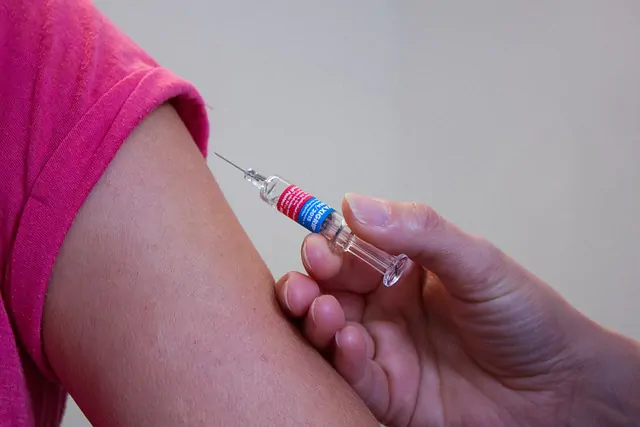The inclusion of the new presentation was analyzed by the National Committee for Integration of Technologies in SUS (Conitec), which recognized the need to update clinical protocols and treatment guidelines (PCDT) for asthma.
Read also: CBMI 2022: Severe acute asthma and critical and sub-fatal asthma
According to the report, the decision was made following the prediction that the currently used omalizumab powder for solution for injection would not be available from December 2022. Thus, it was necessary to include the presentation for injection in a pre-filled syringe.
“In general, an injectable formulation in a pre-filled syringe is equivalent to the powder offering in terms of benefits and risks, and may prove to be easier to use and more tolerant of potential adverse effects. It should be noted that the two formulations have the same price, according to the Chamber of Medicines Price Regulation (CMED) drug list. ) in Anvisa, which was updated in July 2022. Therefore, there is no expectation of change in the economic aspects and in the expenditures of the SUS,” the document states.
Read the Report to the Assembly In the opinion of Conitec.
omalizumab
In 2019, omalizumab was incorporated into the SUS for the treatment of severe uncontrolled allergic asthma despite the use of inhaled corticosteroids associated with long-acting beta2-agonists. At the time, the only supply available in Brazil was injection powder (150 mg) in a vial.
Two years later, the PCDT Asthma License was published, which recommends the use of omalizumab🇧🇷 Another formulation of the medicine, as an injectable solution in a pre-filled syringe (150 mg/mL), was approved by the National Health Surveillance Agency (Anvisa) in 2017, and its package leaflet was published in 2020.
about the disease
Asthma is a chronic inflammatory disease that affects the lower airways, such as the trachea and bronchi. These areas become more sensitive to various stimuli, resulting in frequent blockages and generally reversal of airflow.
According to the World Health Organization (WHO), around 235 million people suffer from the disease worldwide. In Brazil, asthma was the third cause of hospitalization by SUS in 2008, with nearly 300,000 hospitalizations that year. In 2013, there were 129,728 hospitalizations and 2,047 deaths. In 2018, there were approximately 87,000 hospital admissions. However, the hospital death rate increased by about 25% from 2008 to 2013.
know more: AAP 2022: Study Analyzing Asthma Equity and Social Determinants of Health
There are five most common forms of the disease: allergic, desensitized, late-onset, with airflow restriction and obese. With regard to severity, asthma can be considered mild (stages I and II), moderate (stage III) or severe (stage IV), according to the type of treatment required to control symptoms and exacerbations, that is, acute or subacute attacks with progressive. increase in symptoms

“Wannabe internet buff. Future teen idol. Hardcore zombie guru. Gamer. Avid creator. Entrepreneur. Bacon ninja.”

